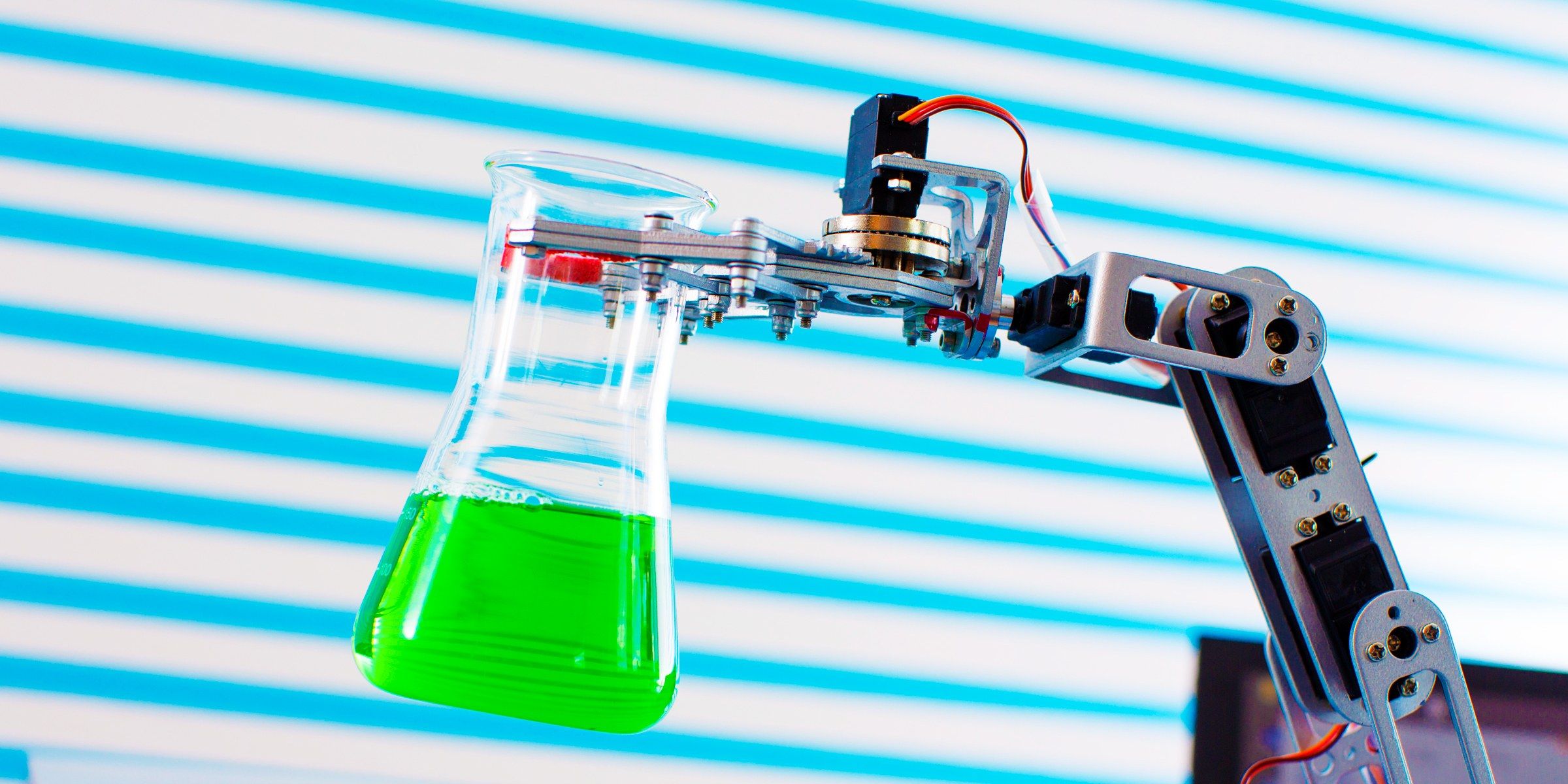The worms were the only two ressurected out of the 300 worms analyzed. They’re alive for the first time since the Pleistocene age.


A very nice summary on everyone in the new space race.
Just a few months ago, SpaceX’s Falcon Heavy created History by not only sending a car to Outer Space but also landing the Boosters with Pin point accuracy. It may seem that the Future of Space Race will be dominated by SpaceX, or is it?
In this video we look into the Competitors of SpaceX, some of whom have great plans to take on SpaceX, by launching reusable rockets like Jeff Bezos’s Blue origin or by simple efficient and low cost manufacturing process as implemented by India, whose low cost seems to have baffled even the experts.
We look at different countries from Arianne Group (EU) to China and India, and also different companies like Blue origin, ULA, Virgin Orbit, who may give SpaceX the run for the buck in this new era of Space Race.
““““““““““““““““““““““““““““““““““““““““““““““““

The energetic pre-teen has the full support of Ann Fornof, Ph.D., a polymer scientist with Ludwig-Maximilians-University of Munich, who is her assigned mentor and is advising Du over the summer on her ROV.
“What makes mentoring Anna so exciting is that she has all of the qualities — all of those essential ingredients — to be a great scientist,” Fornof explains to Inverse. “She is passionate about science and its potential to have a positive impact on society; she is curious about how things work and how she can utilize science to better our environment; and she works hard to make creative advancements and solve any problems that she encounters.”
Du, who loves the ocean and marine animals, is set on helping the natural world through her engineering. With her infrared ROV, says Fornoff, Du is “looking with a different lens at a substantial challenge that many scientists and engineers would like to address.”

Billed as the Chinese answer to Dallas Buyers Club, the tear-jerking film Dying to Survive last week became Premier Li Keqiang’s new rallying cry for speeding up price cuts for cancer medications. It is an issue of such complexity that he has held two cabinet meetings about it in the past three months.
Li Keqiang has been trying to speed up price cuts for life-saving medication for months, and it’s a boon that the box-office hit has generated widespread awareness.
Norway is charging ahead of the U.S., on track to phase out all diesel and gas cars by 2025. What’s holding America back? #WeCanSolveThis #YEARSproject
Russia is planning to blast two robot astronauts into space to work on the international space station.
Scientists have developed the advanced machines, named FEDOR, to conduct rescues — even though they have recently been recently trained to use firearms.
According to RIA Novosti, the robots could be blasted into space as soon as August 2019.

Humanoid Robot torsos, legs, and arms are about where they need to be. But the robot hands are not quite where they need to be yet if we really want them to take all the jobs. The government is dumping a lot of money into robotic hand’s for amputees, which i’m sure they plan to eventually put on the humanoid robots, but it should be pushed along faster.
Imagine, for a moment, the simple act of picking up a playing card from a table. You have a couple of options: Maybe you jam your fingernail under it for leverage, or drag it over the edge of the table.
Now imagine a robot trying to do the same thing. Tricky: Most robots don’t have fingernails, or friction-facilitating fingerpads that perfectly mimic ours. So many of these delicate manipulations continue to escape robotic control. But engineers are making steady progress in getting the machines to manipulate our world. And now, you can help them from the comfort of your own home.
UC Berkeley and Siemens researchers have launched something called Dex-Net as a Service, a beta program that computes how and where a robot should grip objects like vases and turbine housings. You can even upload designs of your own objects. The goal: to one day get the robot in your home to call up to the cloud for tips on how to manipulate novel objects. Maybe we can even keep them from destroying the delicates.

Can technology help us achieve near-everlasting life?
Entrepreneurs in Silicon Valley and beyond are attempting to disrupt what has long been seen as one of the only inevitabilities of life: death.
Computer scientists and artificial intelligence specialists are developing programs that allow people to theoretically avoid death, opening the door to near-everlasting life as well as a myriad of ethical and philosophical questions.

Be sure to check out Ruby® Receptionists. They are the only virtual receptionist service dedicated to creating personal connections with your callers—building trust with every call and increasing the likelihood you’ve secured a customer for life. Why not stabilize your receptionist position with an outstanding virtual service. You can also try out Ruby® Receptionists and save $75 off their first full month’s invoice by clicking on the link!
https://bit.ly/2lDMR0T
“Artificial Intelligence is not just a large part of a technological revolution, it’s a major part of a human evolution of going beyond the limits of an environmentally programmed human biological operating system.”
Is Facebook And Social Media Psychologically Destroying This Generation?
Is-Facebook-And-Social-Media-Psychologically-Destroying-This-Generation
Are People Merging Into And With Their Smartphones?
Steve Jobs: Secrets of Life
Check out this amazing video, from Andy Grove Co-founder of Intel in a 1999 Interview talking about technology and human intuition.